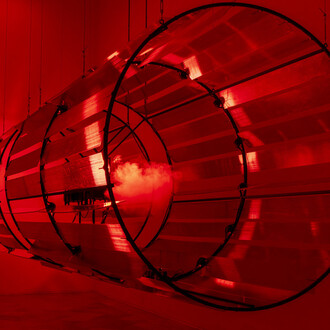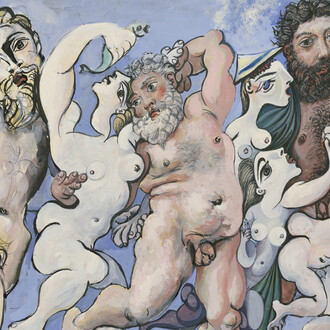As part of the 14th edition of Art Nou, Prats Nogueras Blanchard presents Mala hierba nunca muere (Weeds never die) by Blanca Gracia (Madrid, 1989), in its space in Barcelona. The artist imagines a fantastic herbarium made through watercolors and sculptures. Drawing inspiration from 17th-century scientific drawings, she subverts their formal rigidity to offer a critical reflection on language and its ability to name, classify, and dominate.
Gracia reclaims terms historically used pejoratively—especially toward bodies and dissident subjects—and repositions them in a symbolic environment, transforming them into seeds of resistance. Through these weeds, she revalues the marginal and the improper, creating a system of organic and resilient support.
Her forms, at times delicate and at others grotesque, not only allude to an imaginary natural universe but also to a territory of struggle where the rejected reappears, strengthens, and claims its place. Because no matter how many times they are uprooted, these weeds always grow back, taller and stronger.
Blanca Gracia develops an artistic practice that moves between watercolor, animation, and installation, creating dreamlike worlds inhabited by hybrid figures, fantastic creatures, and landscapes with an archaic resonance. Her work draws inspiration from children's stories, medieval bestiaries, classical myths, and fantasy literature, constructing an imaginary that overflows rationality to delve into the magical and symbolic.
Through drawing and the delicate gesture of watercolor, Gracia creates scenes that oscillate between the playful and the unsettling, where the human and the monstrous coexist in an unstable balance. In her animations, she gives movement to these universes with a handcrafted aesthetic that enhances the narrative and emotional character of her works, evoking the fragility of dreams and the transformative power of fable.
Her interest in the margins—whether social, natural, or cultural—is reflected in the representation of displaced, nomadic, or magical characters, whose presence activates new forms of perception and resistance. Play, ritual, and the impossible are recurring themes in her work, which functions as a form of contemporary mythology, where the imaginary acts as refuge, critique, and possibility.
Through a poetic gaze, Blanca Gracia re-enchants the world, inviting us to imagine other possible realities through the symbolic, the ancestral, and the fantastic.













![Saul Steinberg, The museum [El museo] (detalle), 1972. Cortesía del Museo de Arte Abstracto Español](http://media.meer.com/attachments/dfbad16c22c5940b5ce7463468ac8879f3b4bf23/store/fill/330/330/042ecf3bcd2c9b4db7ddbc57cb32e950c095835f7b5cd55b6e1576a6e78c/Saul-Steinberg-The-museum-El-museo-detalle-1972-Cortesia-del-Museo-de-Arte-Abstracto-Espanol.jpg)


